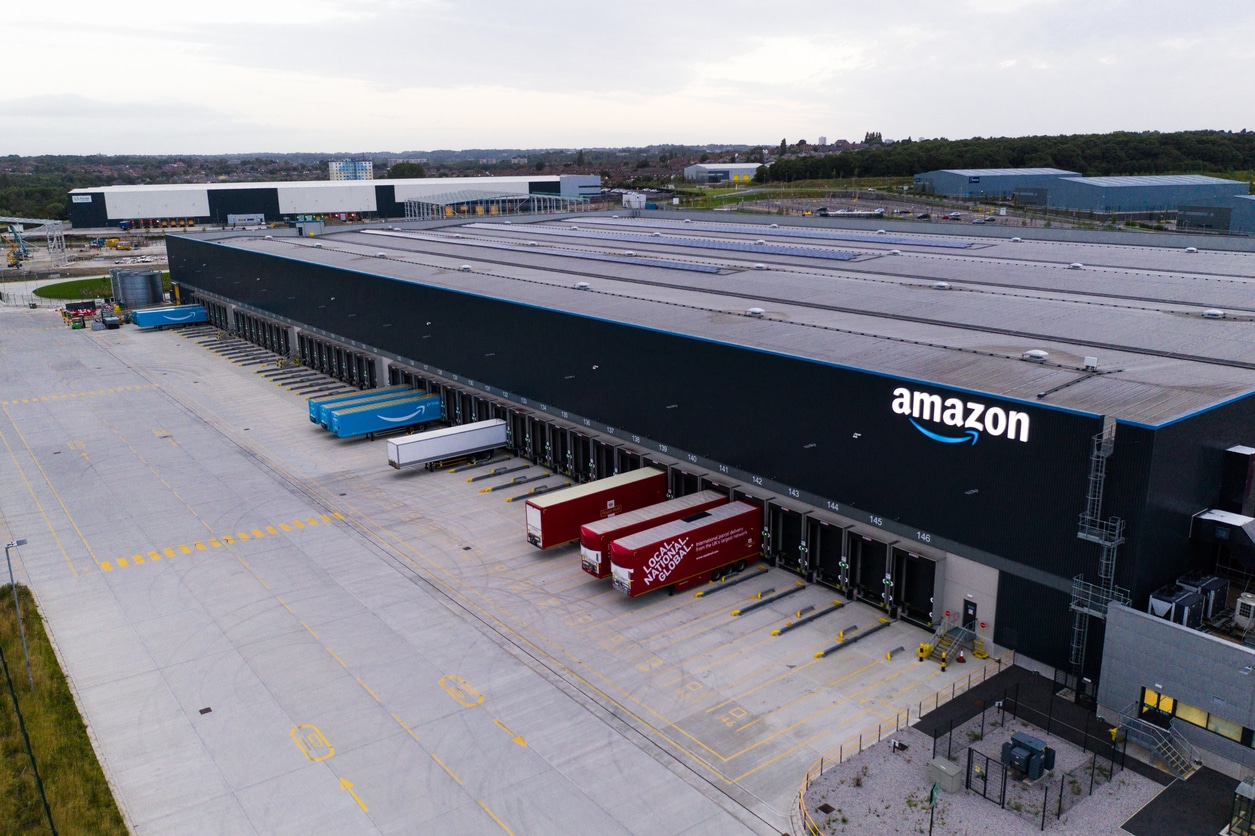Amazon Ditches Dozens of Its In-House Brands to Combat Antitrust Probe

The ecommerce giant has been under fire for allegedly copying best-selling products sold by third-party sellers to favor its private label brands. Some reports claim Amazon even used data from its website to decide which products to recreate, making it impossible for sellers to generate sales organically.
Now, Amazon is making another move ahead of its potential antitrust lawsuit from the U.S. Federal Trade Commission (FTC) by reducing its number of in-house brands. Last month, Amazon also geared up for its potential antitrust lawsuit by hiring former officials who used to work for the agency.
However, the company claims that scaling back on its private label operations is simply seen as another measure to shore up profit.
Why Is Amazon Cutting Back on Some of Its In-House Brands?
Amazon has eliminated 27 of its 30 in-house clothing brands this year, including Lark & Ro, Daily Ritual, and Goodthreads. Other brands that failed to make the cut were its furniture brands Rivet and Stone & Beam. Once all the inventory for the other brands are off the shelves, this will leave the company with just Amazon Essentials, Amazon Collection, and Amazon Aware as the only in-house brands left selling on the platform.
In a statement from Amazon’s Private Brands vice president Matt Taddy, the move was done to eliminate in-house products that didn’t resonate with customers.
“We always make decisions based on what our customers want, and we’ve learned that customers seek out our biggest brands (Amazon Basics and Amazon Essentials) for great value with high-quality products at great price points,” Taddy said.
What Other Cost-Cutting Measures Has Amazon Done This Year?

Amazon continues to roll out different ways to cut costs across the company to try and combat an economic downturn. Aside from removing a majority of its in-house brands, CEO Andy Jassy has targeted some of Amazon’s groceries and devices.
In addition, Amazon has continued to lay off its employees (currently at 27,000 for 2023 alone) and paused on its warehouse expansion.
How Will Losing Some of Its Private Label Brands Affect Amazon’s Revenue?
Amazon initially scaled back on its private label brands last July 2022 following disappointing sales and criticism. In fact, in a company disclosure last 2020, Amazon claimed its private label brands only account for approximately 1% of its total sales, a major loss considering former CEO Jeff Bezos’ initial goal of hitting at least 10%.
However, if the lawsuit pushes through, it could land Amazon in hot water considering this would be their fourth lawsuit from the FTC.
While the company will have one last chance to meet with the FTC before the lawsuit is officially filed, expect Amazon to roll out changes in different aspects of its business. That is, if it wants to avoid paying millions of dollars in fines and penalties.
Its antitrust probe with the European Union ended with Amazon avoiding a multibillion dollar fine in exchange for its commitment to treating sellers equally.




2. Such a weird situation. I am sure that all the lawsuits break the reputation of such a big company and it is sad, because Americans loved Amazon. But since they have evaluated like 27 of 30 brands, this doesn’t make Amazon attractive for people.
Us who are interested in the economy stuff have heard a lot about Amazon problems. And again, again it is under a big fire. When are they going to start to conduct business not in a bad way both for their economy and their reputation?
Also I feel sorry for the employees who were fired and lost their jobs. Ew.